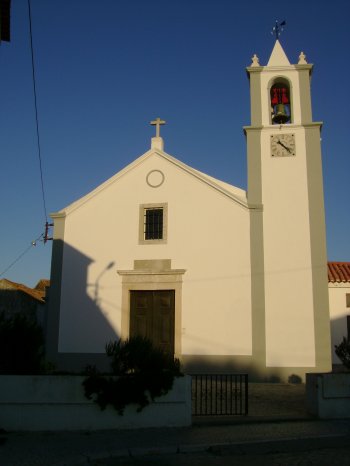Explore the best places
Discover new places in Cartaxo
Taxo
- food & drink
Quinta do Letrado - Sítio da Pata-Choca
2070-158, Cartaxo
Espaço acolhedor, inserido numa quinta, a servir pratos tradicionais, mas com um toque de inovação.
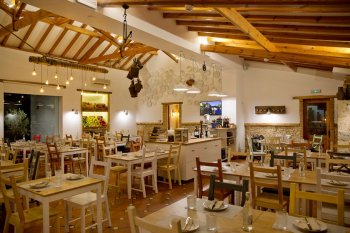
Capela do Senhor dos Passos
- heritage
Rua Mouzinho de Albuquerque, 25
2070-104, Cartaxo
Its construction likely date from the first half of the 16th century, dedicated to our Lady of the Annunciation, consisting of nave, chancel and Bell Tower. The image of Our Lord of the Steps can be seen in the high altar. The paintings of the main Chapel represent São Benedito and São Brás.
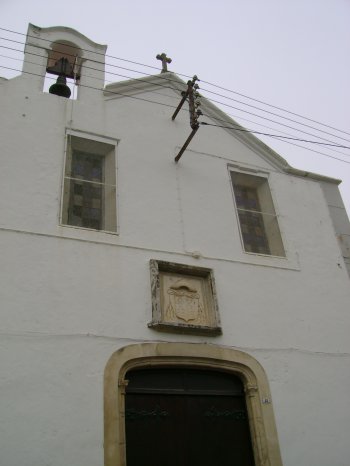
Mercado Municipal do Cartaxo
- heritage
- shopping
Rua Doutor Manuel Gomes da Silva, 16
2070-096, Cartaxo
É localmente conhecida por “praça” e é um edifício, inaugurado em 1947, que ocupa uma vasta área, bem perto do centro da cidade. Lá é possível encontrar produtos frescos como frutas, legumes, peixe, carne, pão e estabelecimentos de restauração. No seu torreão encontra-se a sede da Associação de Municípios Portugueses do Vinho e numa das suas laterais encontra-se um local bastante aprazível, o Lago dos Patos.
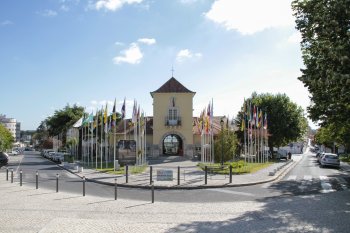
Praia Fluvial de Valada / Fluvina de Valada
- beach
Rua 1 de Maio
2070-516, Valada
É um dos pontos de visita obrigatória na freguesia ribeirinha de Valada. A Fluvina acolhe embarcações de recreio de pequena e média dimensão e é um espaço de lazer aprazível, de onde é possível contemplar uma bela panorâmica sobre o rio Tejo e os campos da lezíria. É também bastante procurada pelos adeptos de desportos náuticos e, mesmo ao lado, encontra-se uma praia fluvial, muito apreciada nos meses mais quentes. Há também um parque de merendas nas proximidades.

Palhota
- country
- heritage
Palhota
2070-502, Palhota
Typical village of fishermen, situated in the region of Paignton, known by the peculiarity of their homes and of its people. Its construction is based on pillars (to prevent flooding) and is in wood that has been painted subsequently to the taste of the owner. Since most fishermen here live from Vieira de Leiria, their boats are called vieiros. The beach is sandy Brown, very quiet and here you will see more fishermen than sunbathers! This was also the village where he lived the Portuguese writer Alves Redol.
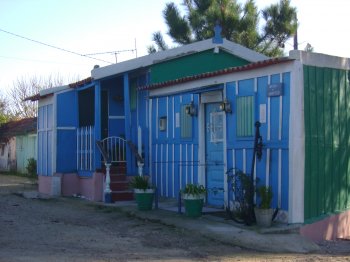
Praça de Touros do Cartaxo
- heritage
Largo Vasco da Gama
2070-050, Cartaxo
The Bullring of the Stonechat was built in 1874 thanks to the initiative of Artur Peres Vilhena Barbosa. Has lighting and capacity to receive 5500 spectators.
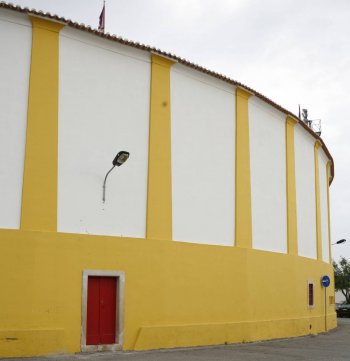
Museu Rural e do Vinho do Cartaxo
- heritage
Avenida 25 de Abril
2070-158, Cartaxo
Inaugurated in 1985, this space has testimonies that help to understand the organization and evolution of the rural life in the Cartaxo parish. In the barn and on the porch there is an exhibition about the the local rural life, with a special note to the growing vineyards, with three main themes: the wine, other agricultural activities in the parish such as the production of olive oil and cereals and the animal used, such as the horse and the bull. There is also a tavern to show the place that used to reunite people in their leisure times. It has …
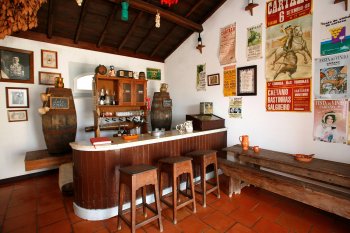
Centro Cultural Município do Cartaxo
- art
Rua 5 de Outubro
2070-059, Cartaxo
Cartaxo Cultural Centre, contemporary architecture, is a space open to the exterior, composed of two rooms of spectacles, that allow not only the display of cinema, but also the presentation of plays and dance shows and music. The Center develops an important work of artistic training and awareness. There is still room for temporary exhibitions and thematic conferences.
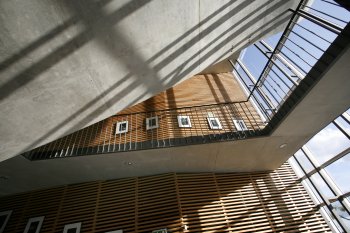
Igreja de Nossa Senhora da Purificação
- heritage
Rua da Igreja
2070-403, Pontével
Parish Church of angled gable façade, with Bell Tower located near. It has a single nave with a wooden ceiling and vaulted chancel. Two 16th century sinks stand out, being the oitavada font, in breach of the Arrábida. The temple presents the 17th century reform elements, tiles and carpet type "standard", gilt, paintings and pulpit, and some earlier elements.
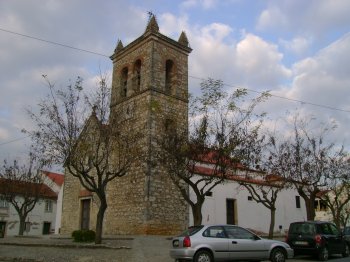
Igreja de Nossa Senhora da Expectação / Igreja Matriz de Valada
- heritage
Largo da Igreja
2070-514, Valada
Religious monument composed of nave, chancel and Bell Tower. Over the centuries has undergone several renovations. The last date of the 20th century. Inside, the highlight goes to the font, without base or shaft and the Renaissance altarpiece, where you can see paintings of Annunciation, Adoration of the Angels, visitation and presentation at the Time.
